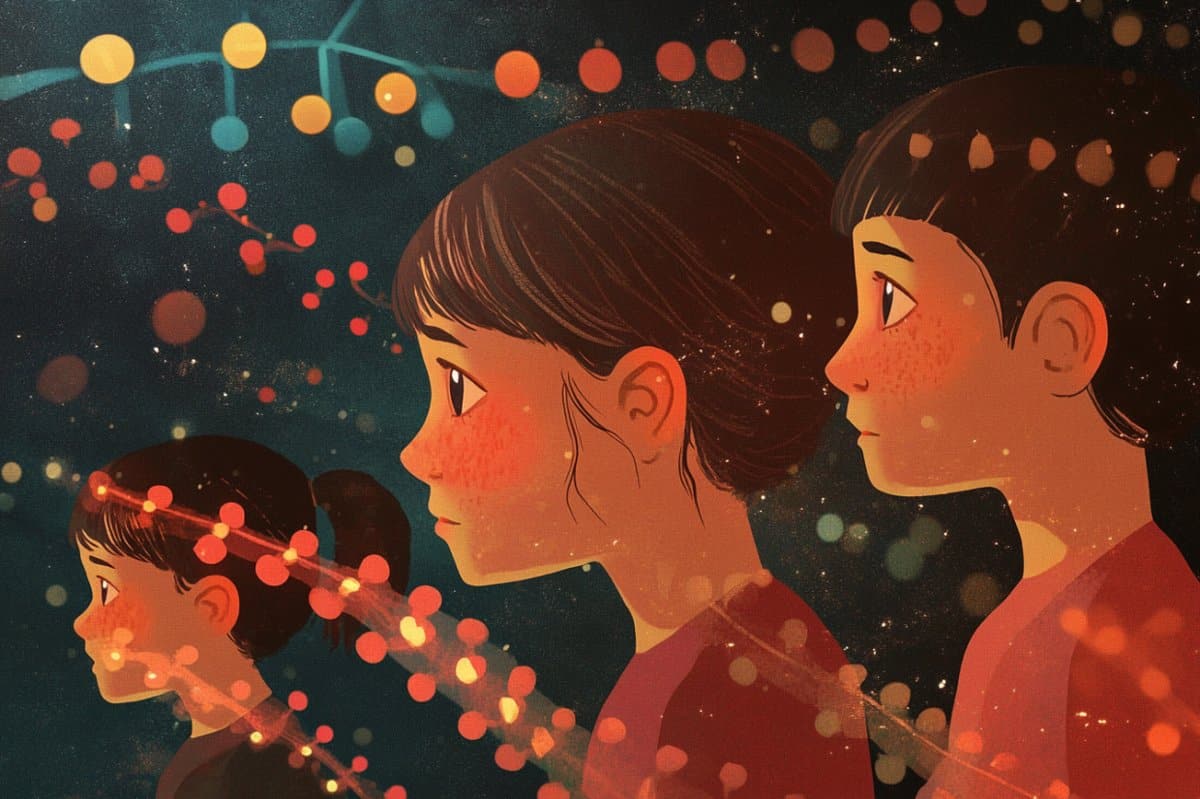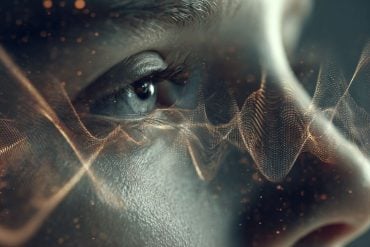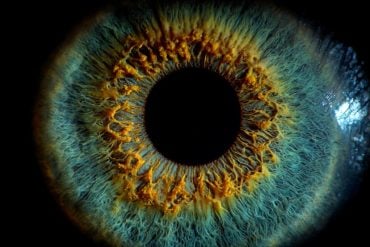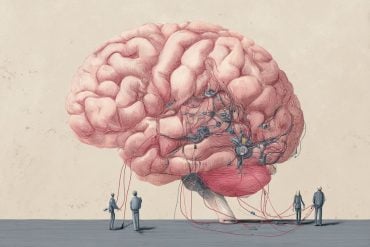Summary: New research has uncovered a disrupted brain communication pathway in children with autism that impairs their ability to quickly shift attention—an essential skill for social interaction. This discovery was made by studying both children with autism and genetically modified mice lacking the Shank3 gene, a common cause of ASD.
The study found impaired neural synchrony between the superior colliculus and the ventral tegmental area, a connection crucial for linking orientation to social reward. These findings not only explain early social deficits in ASD but also offer predictive insight for cognitive development and support targeted early interventions.
Key Facts:
- Neural Circuit: Disrupted communication between the superior colliculus and ventral tegmental area impairs social orientation.
- Predictive Power: Brain connectivity levels in young children with ASD predicted cognitive development one year later.
- Early Intervention Impact: Intensive early therapy focusing on attention-shifting skills can improve IQ by 20 points and school integration outcomes.
Source: University of Geneva
From birth, human survival depends on the ability to engage with others. This ability, which is essential for development, seems to be impaired very early on in children with autism spectrum disorders (ASD), who show limited interest in social stimuli from their first year of life.
To understand the neurobiological basis of this phenomenon, scientists at the University of Geneva (UNIGE) combined data from clinical and animal research.
They identified a defect in a communication pathway between two brain structures that prevents rapid redirection of attention, a key mechanism for decoding social interactions.

These results, published in the journal Molecular Psychiatry, pave the way for better prediction of development and more targeted interventions.
It is currently estimated that one child in 36 develops an autistic disorder, of whom a third is at risk of cognitive impairment.
‘‘In the children who show a delay, the cognitive difficulties are the consequence of a lack of understanding of social interactions,’’ explains Camilla Bellone, Associate Professor in the Department of Basic Neurosciences at the UNIGE Faculty of Medicine, and co-last author of the study.
‘‘We learn through interaction with others. As young children with ASD are less oriented towards social cues very early on, they are less likely to develop the tools that enable them to navigate the social world and learn.’’
While the consequences of this lack of social interest on development are well known, the neurobiological causes are much less so.
Studying brain networks with mouse models
At the UNIGE Faculty of Medicine, the Synapsy Centre for Research in Neuroscience for Mental Health brings together neuroscientists and psychiatrists in a joint network.
This sharing of expertise has led to a major discovery for understanding the very essence of social interaction: the ability to maintain a social interaction depends on the speed with which attention can be shifted from one stimulus to another.
‘‘In mice lacking the Shank3 gene – the most common single gene cause of ASD found in humans – we observe orientation deficit towards other mice, which reflects the alterations in social interactions already described in children with ASD.
“These mice therefore represent a good model for the study of ASD,’’ explains Marie Schaer, Associate Professor in the Department of Psychiatry at the UNIGE Faculty of Medicine and co-last author of the study.
Impaired neuronal synchronisation
In previous research, Camilla Bellone’s team identified a neuronal communication pathway whose role is to send information between the superior colliculus, a brain structure linked to orientation, and particularly to social orientation, and the ventral tegmental area, linked to the reward system.
‘‘This time, we were able to show in our mouse model of ASD that a lack of neural synchronisation in the superior colliculus altered the exchange of communication between the two cerebral areas, resulting in defects in the orientation and social behaviour of individuals’’.
These experiments were carried out in vivo using miniaturised microscopes that enable the monitoring of neural activity in moving animals. They were conducted by Alessandro Contestabile, co-first author of the study and a post-doctoral researcher in Camilla Bellone’s laboratory.
A specific protocol for ASD children
To confirm this hypothesis in humans, Nada Kojovic, a researcher in Marie Schaer’s team and co-first author of the study, developed an original protocol for obtaining brain MRIs without sedation in children aged 2 to 5 years.
‘‘It is obviously impossible to ask such young children to remain motionless in the MRI scanner for the 30 minutes needed to obtain the images,’’ she explains.
‘‘We therefore developed a habituation protocol, fitted out the MRI room and worked closely with the families to provide optimum conditions for the child to fall asleep, which worked very well for over 90% of the children for whom we obtained very good quality MRI images.’’
The two teams observed that the circuit changes identified in mice were identical in the children. Furthermore, the level of connectivity in this circuit makes it possible to predict their cognitive development in the following year.
While it is not yet possible to intervene directly on this brain network, this discovery provides a guide to behavioural interventions, in particular to reinforce children’s ability to redirect their attention from one thing to another rapidly from an early age.
An intensive treatment method developed in the United States and used in Geneva which require 20 hours a week for 2 years, has already proved its worth. With early intervention, the children gain an average of 20 IQ points, and 75% of them can go on to attend ordinary school.
Funding: This work was carried out with the support of the Fondation privée des HUG, the Fonds National Suisse pour la Recherche and the Fondation Pôle Autisme.
About this genetics and ASD research news
Author: Antoine Guenot
Source: University of Geneva
Contact: Antoine Guenot – University of Geneva
Image: The image is credited to Neuroscience News
Original Research: Open access.
“Translational research approach to social orienting deficits in autism: the role of superior colliculus-ventral tegmental pathway” by Camilla Bellone et al. Molecular Psychiatry
Abstract
Translational research approach to social orienting deficits in autism: the role of superior colliculus-ventral tegmental pathway
Autism Spectrum Disorder (ASD) is characterized by impairments in social interaction and repetitive behaviors. A key characteristic of ASD is a decreased interest in social interactions, which affects individuals’ ability to engage with their social environment.
This study explores the neurobiological basis of these social deficits, focusing on the pathway between the Superior Colliculus (SC) and the Ventral Tegmental Area (VTA).
Adopting a translational approach, our research used Shank3 knockout mice (Shank3−/−), which parallel a clinical cohort of young children with ASD, to investigate these mechanisms.
We observed consistent deficits in social orienting across species. In children with ASD, fMRI analyses revealed a significant decrease in connectivity between the SC and VTA.
Additionally, using miniscopes in mice, we identified a reduction in the frequency of calcium transients in SC neurons projecting to the VTA, accompanied by changes in neuronal correlation and intrinsic cellular properties.
Notably, the interneuronal correlation in Shank3−/− mice and the functional connectivity of the SC to VTA pathway in children with ASD correlated with the severity of social deficits.
Our findings underscore the potential of the SC-VTA pathway as a biomarker for ASD and open new avenues for therapeutic interventions, highlighting the importance of early detection and targeted treatment strategies.






